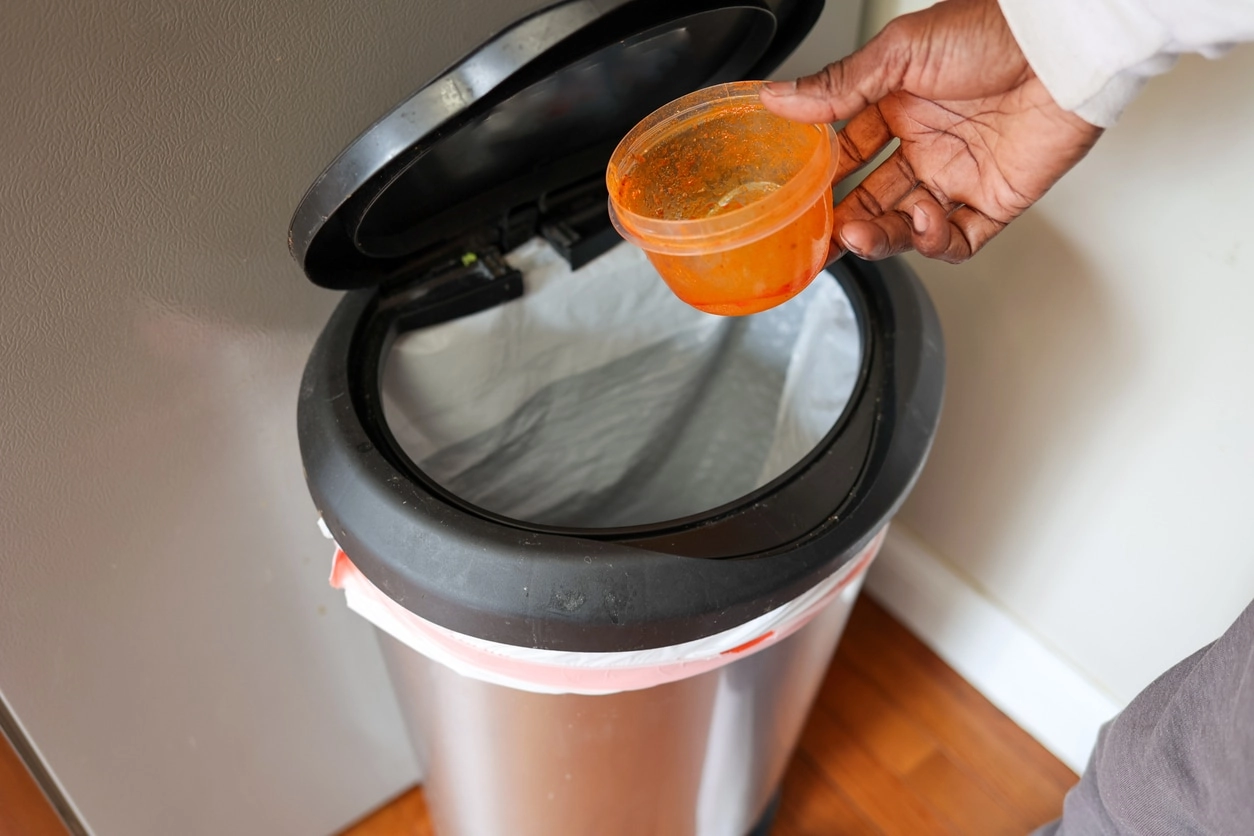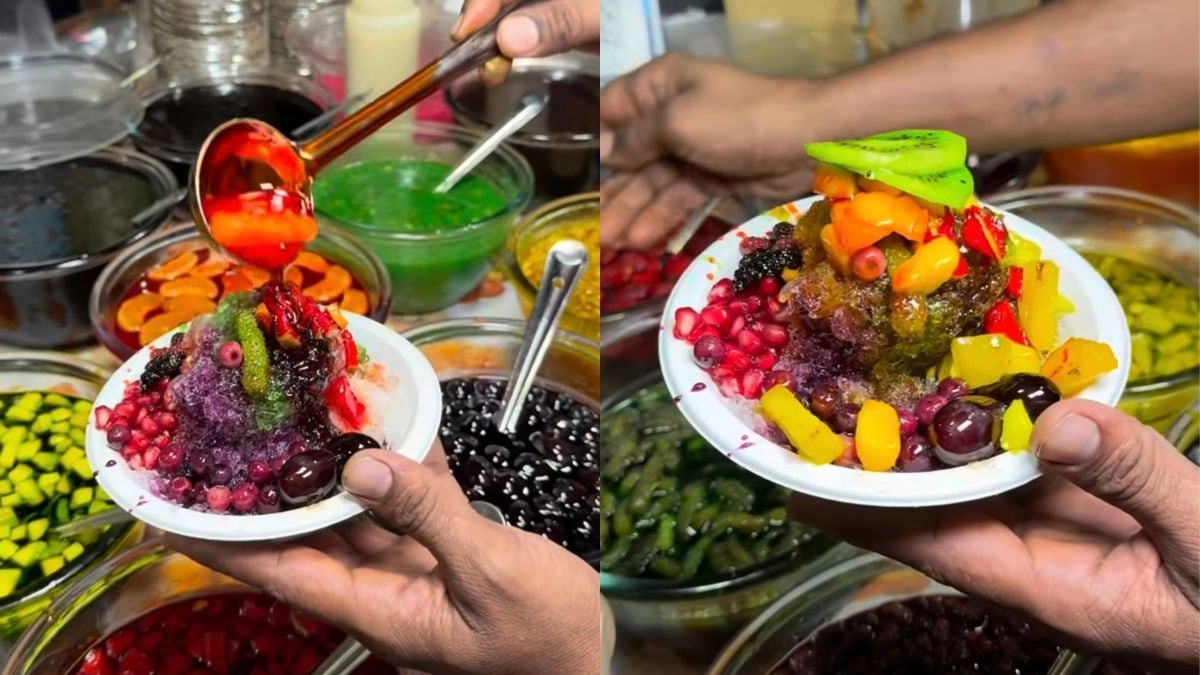Plastic food storage containers are a staple in many kitchens due to their convenience and versatility. However, over time, these containers can degrade, posing potential risks to your health and food safety. Here are five signs that indicate it may be time to part ways with your plastic food storage containers.
First and foremost, look for visible signs of wear and tear. Scratches, dents, and discoloration can indicate that the integrity of the plastic has been compromised. Scratches can harbor bacteria, making it difficult to maintain a hygienic environment for food storage. Additionally, if the containers have become cloudy or stained from repeated use, they may not be safe for food contact anymore. Cloudiness can suggest that the plastic is breaking down, which could lead to leaching harmful chemicals into your food.
Another critical sign to watch for is an unusual odor. If your containers have absorbed strong smells from previous meals despite thorough cleaning, it may be a sign of permanent damage to the plastic. These odors can transfer to your food, affecting its taste and quality. Furthermore, if you notice any warping or changes in shape, this can indicate that the plastic has been exposed to high temperatures, which can also lead to chemical leaching. Containers that have warped are no longer reliable for safe food storage.
Moreover, if your containers are older than a decade, it’s a good idea to consider replacing them. Many plastics can degrade over time, and older containers may not meet current safety standards. Additionally, newer containers are often designed to be more durable and resistant to staining and odors. Lastly, if your containers lack labeling or do not specify whether they are BPA-free, it’s wise to dispose of them. BPA and other harmful chemicals can leach into food, especially when exposed to heat.
In conclusion, being vigilant about the condition of your plastic food storage containers is essential for maintaining food safety and hygiene. By recognizing the signs of wear, unusual odors, warping, age, and the absence of safety labeling, you can ensure that you’re using safe, reliable containers for your food storage needs. Regularly assessing and replacing old or damaged containers will help you keep your kitchen safe and your meals delicious.




